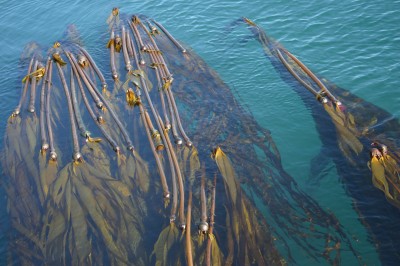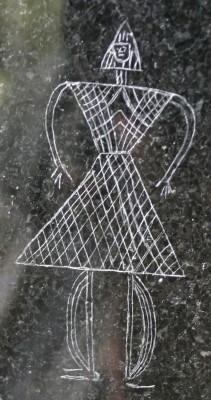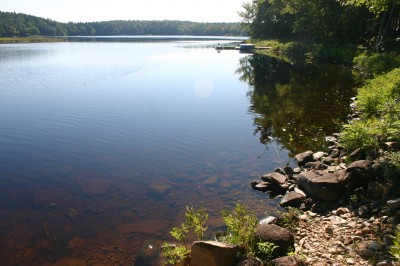How bittersweet it is to be welcomed to lovely and friendly Canada, but not travelling on a Canadian passport. The Danish parliament finally passed a bill this month that allows dual citizenship but that is, alas, too late for me. If I want my Canadian citizenship back I have to apply for it from scratch like a foreigner.
Anyway, back to my travel tales: My friend Bente and I arrive in Victoria on Vancouver Island in the dark, late at night and leave again, in the dark, very early the next morning. We drive north steadily for hours, stopping only to grab a takeaway breakfast once we find a place that is open. The dawn lightens the sky and exposes the landscape. Trees, trees and more trees. About halfway (three hours into the journey) things start feeling decidedly remote.
By lunchtime we arrive in the tiny, secluded settlement of Telegraph Cove, population 20. It lies nestled snugly among the rocks and trees at the entrance to the Johnstone Strait. The landscape here is coloured in various hues of blue and green – the clean water, the clear sky, the sombre fir trees. It all seems so fresh and vibrant, fluid and organic compared to the stoic stones and rigid rocks we have been seeing for the past two weeks. Trees and water – they are more my cup of tea. This feels like home.
The village, if you can call it a village, consists of about 30 wooden buildings, many of which are built on stilts. There are cabins for tourists like us, the Killer Whale Cafe, where we eat all our meals, the Old Saltery Pub, a general store and coffee shop plus a whale watching outfit and a grizzly bear watching outfit. The buildings are connected by a boardwalk. Originally, in 1912, Telegraph Cove was the northern one-building terminus for the telegraph line from Campbell River – hence the name. It then got a lumber mill and salmon saltery and then, during World War II, became a military relay station. Now it is a whale and grizzly bear watching mecca.
After a scrumptious clam chowder lunch we head for Lukwa, the whale watching boat owned by Stubbs Island Whale Watching – an outfit I highly recommend (and no, I am not paid to write that). In the language of the local indigenous people, the Kwakwaka’wakw (I won’t even try and pronounce that), Lukwa is the word for “place in the forest”. We board the boat for three fantastic hours of marine wildlife adventure. We see sleek and shiny killer whales (orcas), humpback whales, Steller sea lions, Dall’s porpoises and seabirds.
The humpbacks blow with huge snorts. The vertical mist from their blowholes reflect the light and create rainbows in the air. The enormous animals slap their barnacle-encrusted fins on the water. They breach, lifting their upper bodies out of the water. They show us their two-metre wide tails and then disappear into the cold blue depths.
The orcas are in fishing mode, circling about in groups, their dorsal fins gliding through the water, shark-like. Sometimes we spot their clear white side markings. The guides lower a microphone into the water so we can eavesdrop on the orca conversations. The party line is humming!
Dall’s porpoises also make an entrance on the scene. They are like aquatic puffins – tubby, black and white, and fast. They can travel up to 55 km per hour. On this day, they take the time out to tease a humpback whale, bothering and worrying it. The giant responds with a snort and a breach.
Steller sea lions interact with another humpback in an apparently more friendly way. The humpback is lolling about very close to shore and seemingly rolling in the bull kelp. Speaking of which, the bull kelp is a pretty sight in itself, swaying graciously in the waves. This nutrient-rich plant can grow 60 cm (two feet) per day and up to 24 metres (80 feet) in a season (spring to fall). Birds also abound here and we see bald eagles, seagulls, red-necked phalaropes and surf scoters, among others.













































































